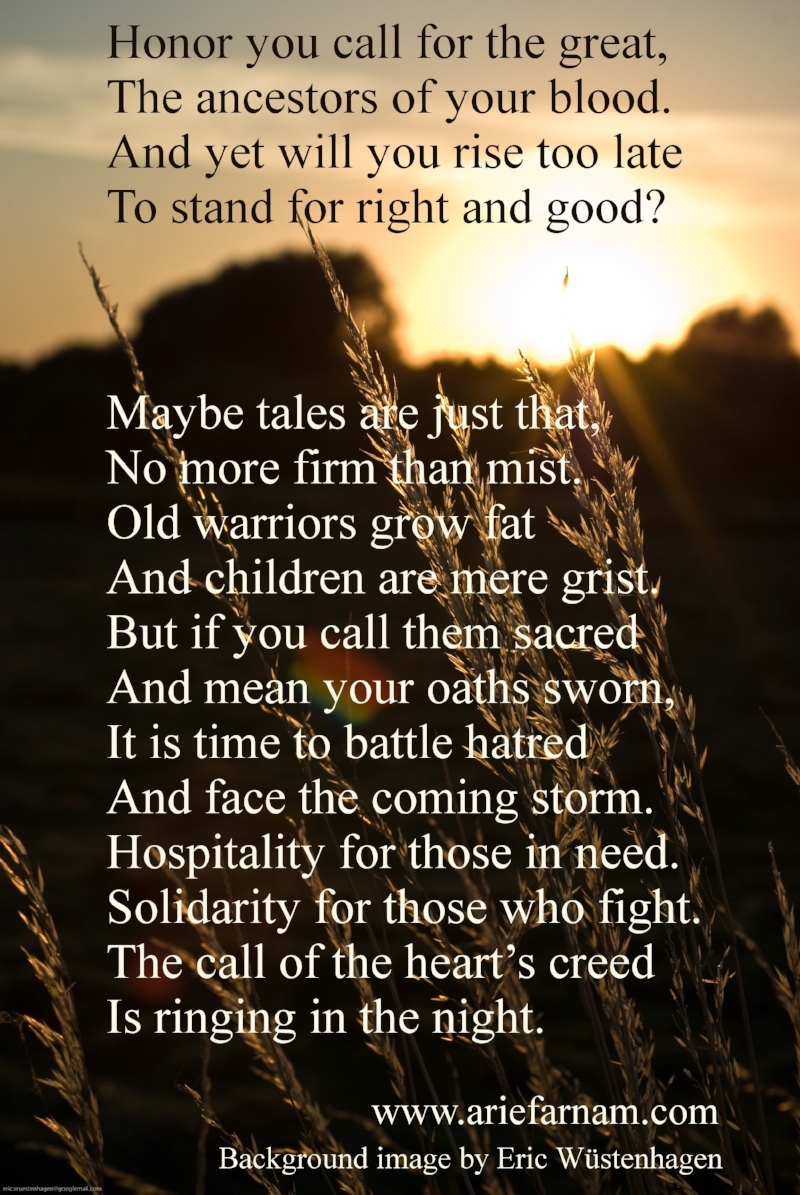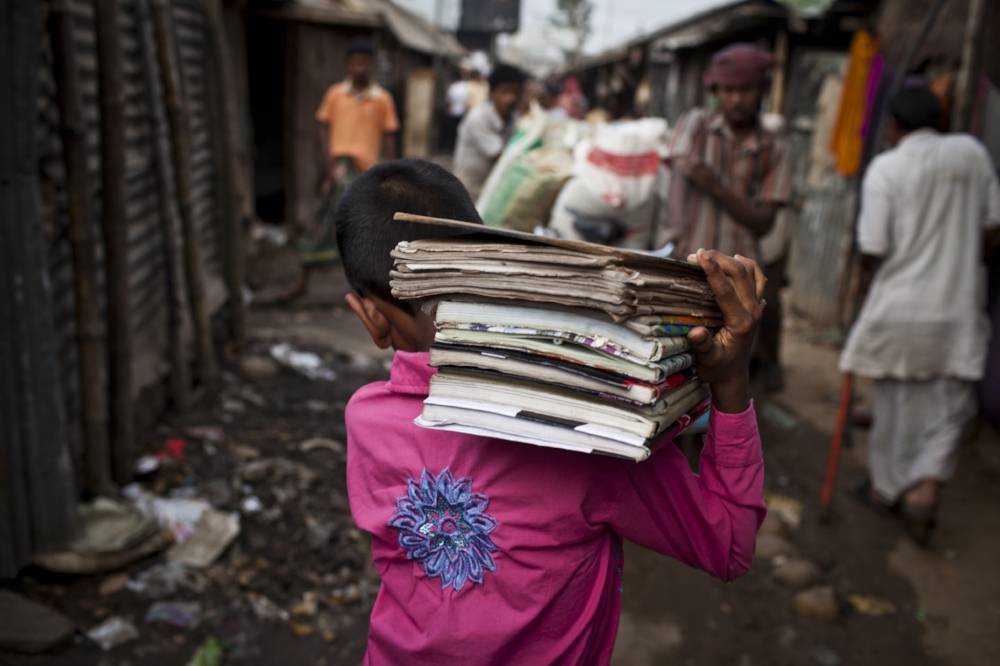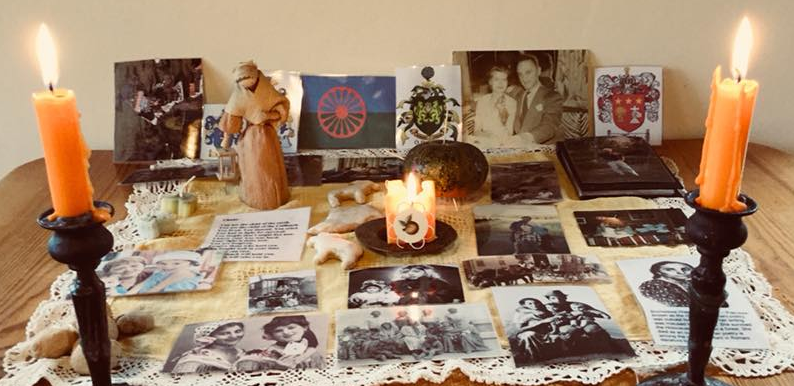Guided meditation for a ecologically equitable future
/I recently led a discussion at Anglo-American University in Prague during their devoted Eco-week. First, I was asked to talk about local interconnection and food sustainability because of my urban homesteading experience, which is still quite modest compared to many. Later the request was broadened to include “guided meditation.”
Image by Arie Farnam
How, I wondered, was I going to combine these two topics into one experience for the students. In the end, I gave a short presentation about renewing the World-War-Two era effort of Victory Gardens as a constructive response to the climate crisis. The gist of it is that some forty percent of British food was produced in small private gardens during the war, given much less productive practices than we have available today.
Producing 40 to 50 percent of our food supply extremely locally, in sub-urban and even urban environments is possible and highly desirable, since this type of production can use very few resources and be carbon neutral, resulting in huge savings in the carbon-intensive agricultural sector.
Then, I expanded the discussion to include local interconnection and the wide variety of possibilities for mitigating and adapting to the climate crisis. Because this requires creative and innovative thinking en mass, I developed this guided meditation to use with the students.
I will copy it here for you to use in your activities. It is a share-and-share-alike text, which requires only that you make reference to the fact that I wrote it and allowed it to be shared, with a link provided to www.ariefarnam.com in any materials.
Guided meditation:
Find a comfortable way to sit. You can sit on the floor or rest your head. It is usually helpful to close your eyes. This is a journey of imagination and sensory exploration. Seeing and hearing too much may interfere.
As you relax into your position, pay attention to your breath. Consciously inhale slowly. Feel the air moving over your nasal passages and down into your lungs. Slowly breathe out.
Can you imagine your breath as a color, cool air going in and warming up, then flowing back out?
Now you start to build a picture in your mind of a place you would like to be sitting. This is a place outdoors. You may be with other people or alone. This may be a human-inspired place or a wild place, but it is in a time when humans have turned serious attention to tackling ecological crises in a way that allows nature to heal and humans to live with integrity.
Relax your expectations. Put out your intention for a picture of such a time and place. Don’t try too hard to force it.
The place is growing up around you, a place with signs of humans living well with nature.
Notice each of your senses. What does it smell like outdoors in this time? Inhale. Keep breathing deeply.
What do you feel under you. What are you sitting on in this dream place? Feel it with your fingers. Is there a grain to it or is it grass or earth or stone. Feel the solidness supporting you.
Is it warm or cool where you are? What does the air feel like on your skin?
What do you hear? Are you alone or with other people? What sound does the wind or breeze make? Are there sounds of animals or people?
Now let images come. What do you see in a time and place where people live well with nature? What do you see around you? What does the sky look like? Are their big trees? What other plants do you see?
In this place, you can stand and walk around, even while you’re still sitting here. Feel the ground beneath you. You may be walking a little slowly, since this world is new to you.
Do you see animals or people? What are they doing? Are there homes? Are there fences? Is there a road nearby? How do people live? How do other animals live?
Greet people you see? Do you know them? Are they in a hurry? Are they content? Do any of them stop to talk to you?
Take a moment to be with them. Does anyone want to take your hand or hug you? Is there anything you would like to ask them about life in this time when people live well with nature? Think on it and ask. Listen to see if they answer.
You can continue walking around in this world and asking questions. Feel the sunlight on your face. Feel the air. Smell it. Listen to the sounds. Taste some of the food people offer you. Look into their faces and see what their expressions tell you. Look at what they do, how they move and how they live.
Slowly draw away from the image. See it as two-dimensional. It is a picture. You are not inside it anymore. Take the picture and fold it gently and put it in your pocket. This world you have seen, a time when people live well with nature is something you can pull out when you need to remember what you want to move toward.






















